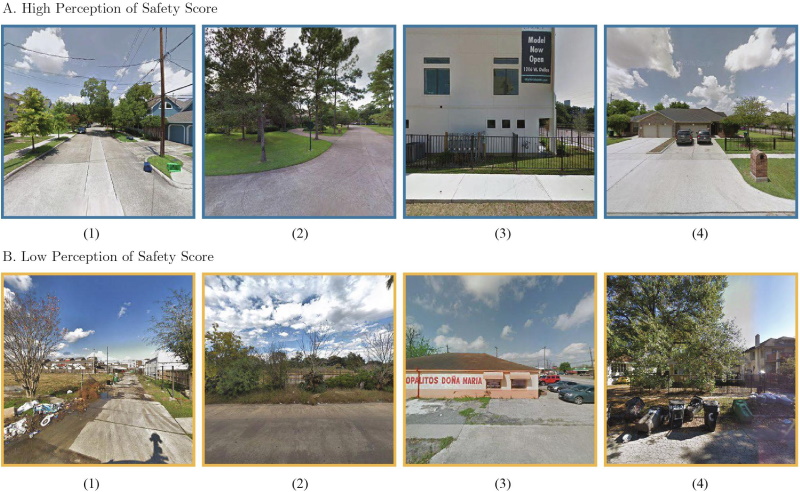
HU – “Perception bias”: Deciphering a mismatch between urban crime and perception of safety
Fan Zhang, Zhuangyuan Fan, Yuhao Kangab, Yujie Hu, and Carlo Rattia
Article first published online: 17 DEC 2020 Landscape and Urban Planning
DOI: 10.1016/j.landurbplan.2020.104003
ABSTRACT: Crime and perception of safety are two intertwined concepts affecting the quality of life and the economic development of a society. However, few studies have quantitatively examined the difference between the two due to the lack of granular data documenting public perceptions in a given geographic context. Here, by applying a pre-trained scene understanding algorithm, we infer the perception of safety score of streetscapes for census block groups in the city of Houston using a large number of Google Street View images. Then, using this inferred perception of safety, we create “perception bias” categories for each census block group. These categories capture the level of mismatch between people’s visually perceived safety and the actual crime rates. This measure provides scalable guidance in deciphering the relationship between the built environment and crime. Finally, we construct a series of models to examine the “perception bias” with static and dynamic urban factors, including socioeconomic features (e.g., unemployment rate and ethnic compositions), urban diversity (e.g., number and diversity of Points of Interest), and urban livelihood (i.e., hourly count of visitors). Analytical and numerical results suggest that the association between characteristics of urban space and “perception bias” over crime could be paradoxical. On the one hand, neighborhoods with a higher volume of day-time visitors appear more likely to be safer than it looks (low crime rate and low safety score). On the other hand, those with a higher volume of night-time visitors are likely to be more dangerous than it looks (high crime rate). The findings add further knowledge to the long-recognized relationship between built environment and crime as well as highlight the perception of safety in cities, which in turn enhances our capacity to design urban management strategies that prevent the emergence of extreme “perception bias”.
Read the full publication at Landscape and Urban Planning.